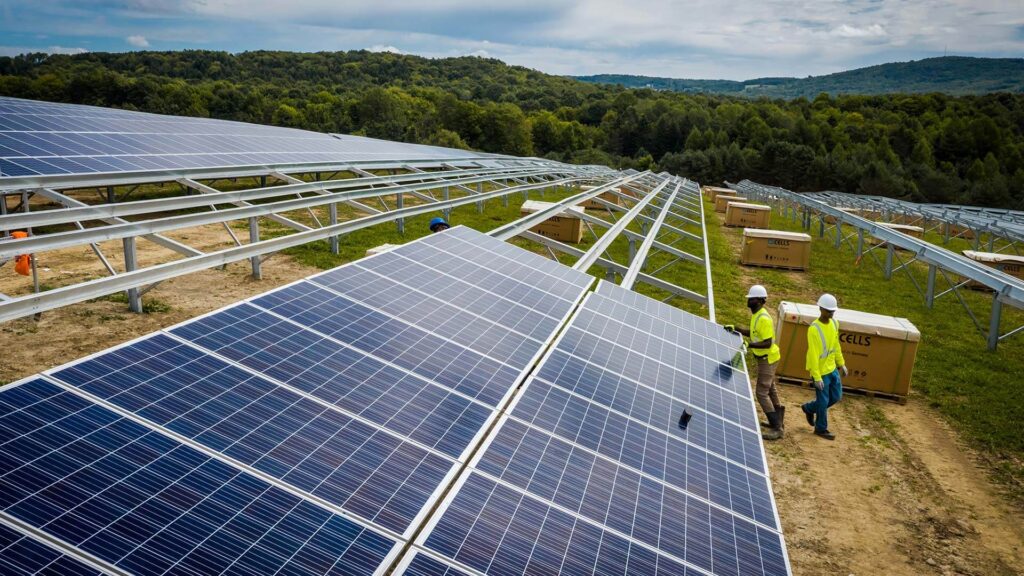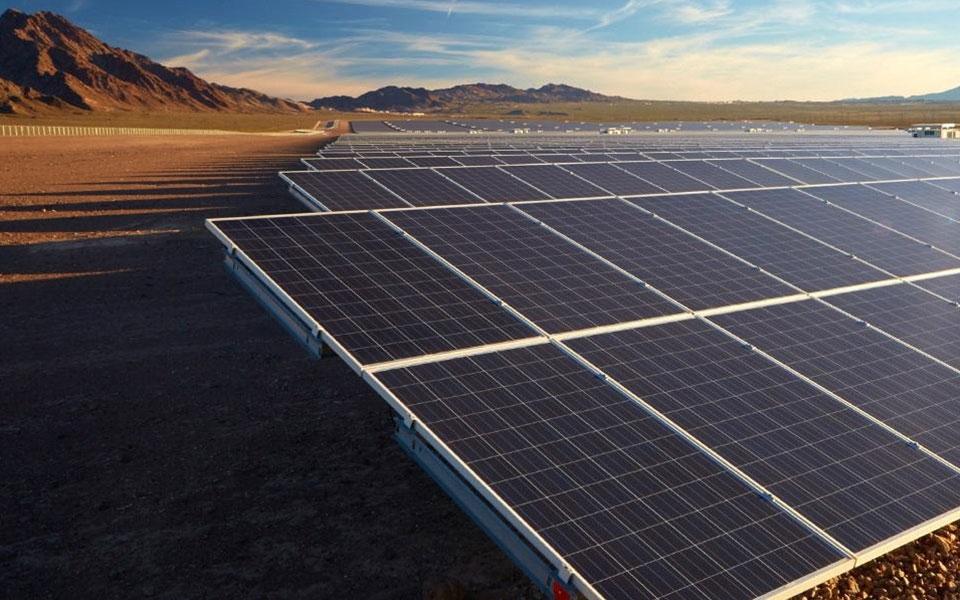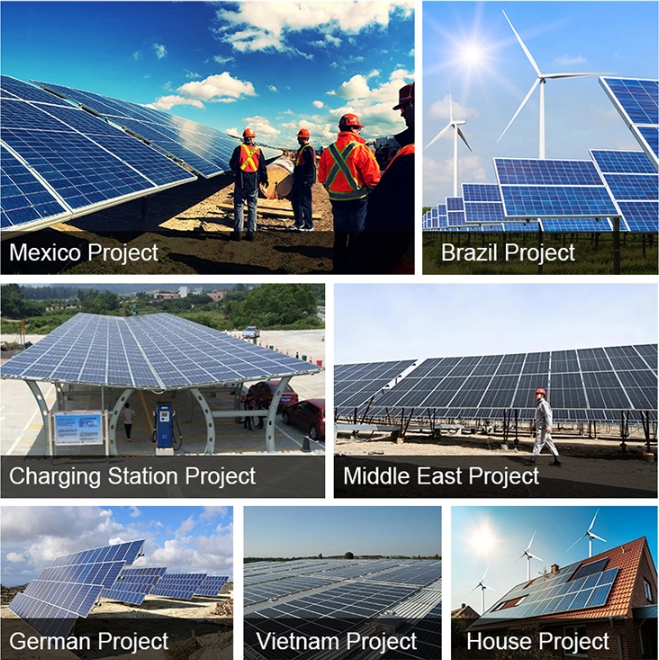- This topic is empty.
-
AuthorPosts
-
2025-07-16 at 2:24 pm #10000
With energy costs on the rise and environmental concerns becoming more urgent, more homeowners and businesses are turning to solar energy as a smart, sustainable solution. Installing solar panels is not just a trend — it’s a long-term investment in clean energy, energy independence, and financial savings.
But before you dive into the world of solar power, there are key factors to consider to ensure you get the most out of your system. From choosing the right equipment to understanding installation requirements, every detail matters.
As a professional manufacturer of high-quality solar panels, PRBS is committed to helping consumers make informed decisions and access top-tier solar technology that delivers reliable, long-term performance.
Why Go Solar?
Solar energy offers a wide range of benefits, including:
✅ Lower electricity bills
✅ Reduced carbon footprint
✅ Increased property value
✅ Protection against energy price volatility
However, achieving these benefits requires proper planning, quality components, and a trusted supplier.

What You Need to Know Before Installing Solar Panels
1. Evaluate Your Energy Needs
Start by reviewing your past electricity bills to understand your average monthly and annual energy consumption. This will help you determine how many solar panels you need.
Tip: PRBS provides tailored consultation services to help calculate optimal panel configurations based on your consumption patterns.
2. Assess Roof Condition and Orientation
Solar panels are most effective when installed on a roof that:
Is structurally sound and in good condition
Has adequate sun exposure (ideally south-facing in the northern hemisphere)
Has minimal shading from trees or nearby buildings
If your roof isn’t suitable, you may consider a ground-mounted system or solar carport.
3. Understand Local Regulations and Incentives
Many regions offer rebates, tax credits, and feed-in tariffs to encourage solar adoption. Check local and national policies to reduce your upfront costs and improve ROI.
4. Choose the Right Type of Solar Panel
There are several types of panels to choose from:
Monocrystalline: High efficiency, sleek look, long lifespan
Polycrystalline: Cost-effective and reliable
Thin-film: Lightweight and flexible, but lower efficiency
PRBS specializes in manufacturing high-performance monocrystalline and polycrystalline panels, known for their durability, efficiency, and advanced cell technology.
5. Quality and Certification Matter
Look for panels that are:
Certified to international standards (such as IEC, UL, TUV)
Tested for weather resistance, including wind, hail, and salt mist
Backed by performance and product warranties
PRBS panels come with rigorous quality assurance and are backed by 25-year performance warranties, ensuring consistent output and peace of mind.
6. Calculate ROI and Payback Period
Consider the cost of the system, available incentives, and estimated electricity savings. A well-designed system can significantly reduce your utility bills and offer a high return over time.
Example: A PRBS solar system installed in a sunny region can save homeowners up to 70% on electricity costs annually.
7. Work with a Certified Installer
While the panels are a critical component, proper installation is equally important. Choose a certified installer who follows safety protocols and complies with local building codes.

Why Choose PRBS Solar Panels?
PRBS is a trusted name in the solar energy sector, known for producing high-efficiency, durable, and eco-friendly solar panels for residential, commercial, and industrial use.
Key Benefits of PRBS Solar Panels:
High conversion efficiency even in low light conditions
Robust aluminum frames and tempered glass for enhanced durability
PID-resistant technology for long-term performance
Customized panel sizes for different installation scenarios
Global certifications for safety and quality compliance
Whether you're building a rooftop system for your home or a large-scale solar farm, PRBS panels deliver the reliability and performance you can count on.

What’s Included in a Typical Solar Setup?
Solar panels (e.g., PRBS monocrystalline)
Inverter (converts DC to AC)
Mounting system
Wiring and connectors
Monitoring software
Battery storage (optional)
Going Solar with Confidence
The shift to solar energy is more than a technical upgrade — it’s a step toward a sustainable, energy-secure future. With the right guidance and high-quality equipment from manufacturers like PRBS, going solar becomes a smooth, rewarding experience.

Ready to Make the Switch to Solar?
Let PRBS help you take control of your energy future. Explore our wide range of solar panel solutions or connect with our technical team for a customized quote.
Visit: http://www.prbsenergy.com
Solar Panel Technology Explained: Features, Types, and Efficiency
-
AuthorPosts
- You must be logged in to reply to this topic.
